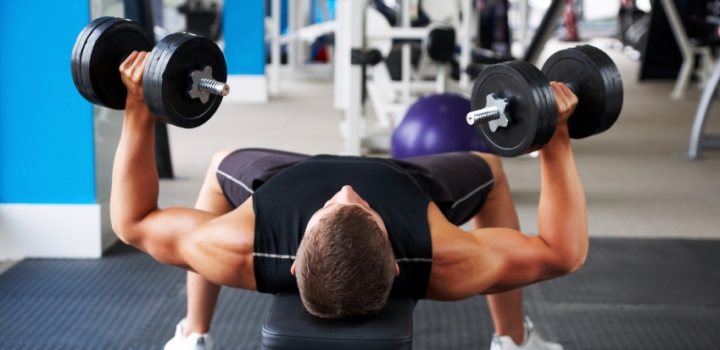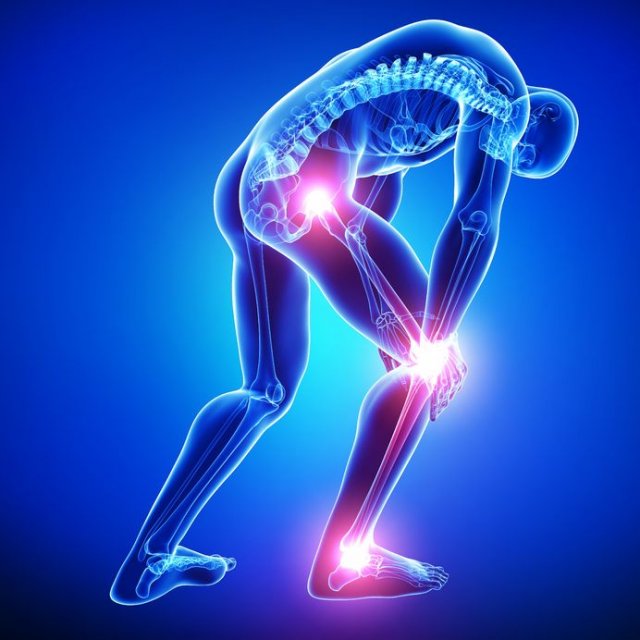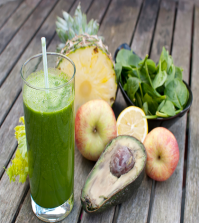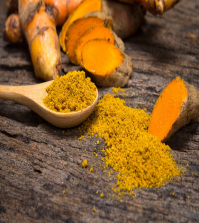- Everything You Should Know About Juicing Diets
- How Has the Mind Body Link Turned into a Connection with our Smart Phones?
- Is Turmeric a Superior Alternative to Pills for PMS Symptoms?
- 6 Simple Yoga Asanas to Crush Stress Everyday
- Juicer vs Blender – Which is the Best Option?
- 7 ESSENTIAL NUTRIENTS YOU MAY BE MISSING IN YOUR DIET
- 26 Advantages of Detox Juicing Recipes
- Everything You Need to Know About Juicing Beets
- Power Yoga: The Ultimate Answer To Weight Loss
- 13 Amazing Grapefruit Juice Benefits
Aerobic vs. Anaerobic Exercise: Which is For You?

Oxygen is the main factor that separates aerobic activity from anaerobic activity. Aerobic activity depends on oxygen for fuel, while anaerobic activity does not.
One can easily tell the difference between the two forms of exercise during the activity by feeling.
Aerobic activity can be performed continuously, while periods of rest are needed for sustaining anaerobic activity. Both of these activities are important, even though fundamentally different.
Aerobic Exercise
Aerobic exercise is also known as “cardio” (in gym language). Imagine this: you are exercising and have your heart thumping, you are breathing hard, working up a sweat, and blood is rushing through your vessels with the purpose of delivering oxygen to the muscles so you could keep moving.
This is an aerobic activity. It is any kind of activity that one can sustain for more than a few minutes, while the muscles, lungs, and heart work overtime. Thus, oxygen transport and consumption are an important part of the aerobic exercise mechanism. Even when we are resting or sitting, our bodies stay in an aerobic state, because we continuously breathe in oxygen to sustain life.
Benefits of aerobic exercise are: increased endurance and stamina, reduced stress as well as the risk of heart disease and stroke, boosted immune system, strengthened heart and lungs, and decreased blood cholesterol and blood pressure.
Examples of aerobic exercise are jogging or running, fast walking, jumping rope, rowing, swimming, soccer, tennis, hiking, cross-country skiing, dancing, and cycling.
Anaerobic Exercise
Anaerobic exercise consists of short, but intense bursts of physical activity, such as sprints and weightlifting. Anaerobic means – without oxygen – and during these exercises the body enters a metabolic threshold, when oxygen demand surpasses its supply.
These exercises are fueled by energy stored in our muscles through glycolysis – a method of breaking down glycogen into glucose, which is then converted into energy. The process of glycolysis occurs in muscle cells during anaerobic activity without the use of oxygen. Its purpose is to produce energy quickly, and the byproduct of that process is lactic acid.
Lactic acid forms when your body breaks down glucose for energy, and it causes a burning sensation in your muscles and fatigue by accumulating in the body. If you jump from a jog into a sprint, you will realize that you cannot sprint for very long without rest, due to the discomfort caused by lactic acid.
When you perform anaerobic exercise more regularly, your body will increase its tolerance and be more efficient in eliminating lactic acid.
Benefits of anaerobic exercise: increases bone density and strength, protects your joints, builds and maintains lean muscle mass, boosts metabolism, increases sports performance, and improves your energy (the body’s ability to store glycogen is increased, giving you more energy during high-intensity physical activities).
Examples of anaerobic exercise are sprinting (cycling or running), jumping, heavy weight training. Essentially, any exercise that consists of high-intensity movement and short exertion can be considered anaerobic. Training with heavy weights is a great way to build muscle mass and strength, and you should only be able to complete 3-6 repetitions with the weight of your choice until reaching muscle fatigue.
How Much Aerobic Exercise Do I Need?
This all depends on your lifestyle, but it is recommended that all adults accumulate 30 minutes of moderate-intensity activity on (almost) all days of the week. In other words, you do not have to do 30 minutes all at once, but do 10 minutes in the morning, 10 minutes around noon, and the last 10 minutes around dinner time.
The equivalent to moderate intensity is to feel “warm and slightly out of breath”. This is a lifestyle recommendation stated in the Surgeon General’s Report on Physical Activity and Health, published in 1996 by the Public Health Service.
Another recommendation comes from the ACSM (American College of Sports Medicine). Between 20 and 60 minutes of continuous aerobic activity is recommended about 3-6 times a week, at 60-90% of maximum heart rate.
These aerobic exercises should be combined with 2-3 days of resistance training (anaerobic). There is no downside to working out every day with aerobic exercise, but combining aerobic and anaerobic exercise will have a more complete effect.
A word of caution: when people start exercising, they tend to overdo it (take Crossfit for example) and expose themselves to risk of getting injured (it is usually those who exercise at home, with no supervision of experienced people and trainers).
If you experience a life threatening condition or symptoms such as uncontrolled bleeding, changes in vision, sudden severe pain, pressure lasting two or more minutes, difficulty speaking, sudden dizziness and fainting, or persistent vomiting or diarrhea, make sure to visit 24 hour emergency care.
Both forms of activities should be incorporated for optimal health. Perform at least 30 minutes of aerobic activity (at moderate intensity) on most days of the week or at least 25 minutes of intense aerobic workout 2-3 days per week. As for anaerobic activity, perform a high-intensity resistance training at least 2 days per week. This is a good starting program, which should be adapted to your possibilities and needs.











0 comments